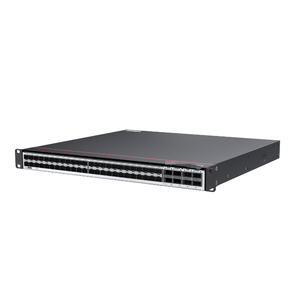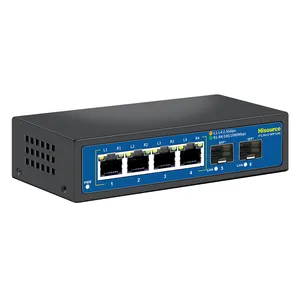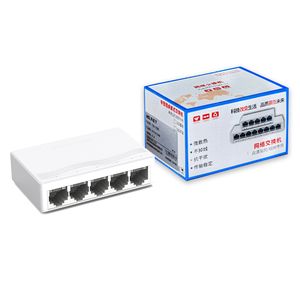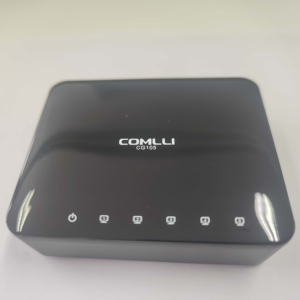Ethernet Switch Vs Router




 1/3
1/3


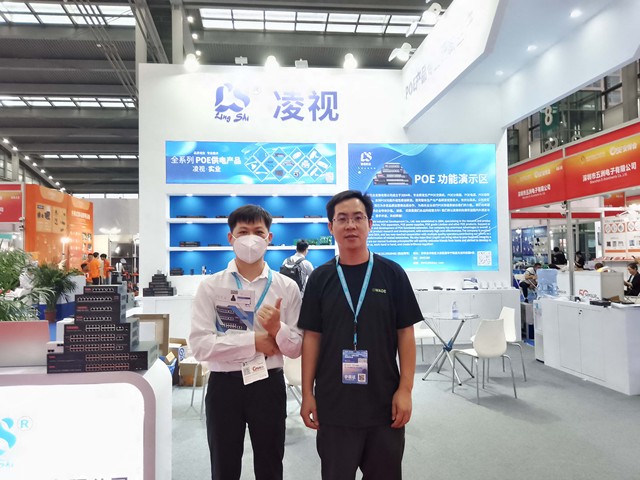

 1/3
1/3





 1/1
1/1



 0
0









 1/2
1/2






 1/6
1/6




 1/3
1/3






 1/7
1/7




 1/3
1/3



 0
0








 1/28
1/28




 1/3
1/3










 1/23
1/23





 1/3
1/3




 1/3
1/3





 1/3
1/3



 0
0





 1/1
1/1




 1/3
1/3
About ethernet switch vs router
Where to Find Ethernet Switch vs Router Suppliers?
China remains the global epicenter for networking equipment manufacturing, with Shenzhen and Beijing emerging as key hubs for ethernet switch and router production. Shenzhen’s industrial ecosystem excels in high-volume assembly of consumer-grade and industrial networking hardware, supported by mature supply chains for PCBs, RJ45 connectors, and power modules. The region enables rapid prototyping and scalable production, particularly for unmanaged switches and PoE-enabled devices.
Beijing-based suppliers specialize in enterprise-grade infrastructure, focusing on original and refurbished high-end switches from leading brands. These suppliers cater to markets requiring certified network components with verifiable authenticity and compliance. Proximity to major logistics centers ensures efficient export operations, with average lead times ranging from 7–15 days post-order confirmation. Buyers benefit from localized component sourcing, reducing material costs by 20–30% compared to Western manufacturers, while maintaining compatibility with IEEE 802.3 standards.
How to Choose Ethernet Switch vs Router Suppliers?
Procurement decisions should be guided by technical validation, production transparency, and transactional reliability:
Technical Compliance
Verify adherence to IEEE 802.3 (Ethernet), 802.3af/at (PoE), and ISO/IEC 8801 standards for physical layer performance. For industrial applications, confirm IP-rated enclosures and operating temperature ranges (-40°C to +75°C). CE, FCC, and RoHS certifications are essential for market access in Europe and North America. Request test reports for EMI/EMC, surge protection, and mean time between failures (MTBF).
Production Capability Audits
Assess supplier infrastructure based on the following criteria:
- Minimum facility size supporting dedicated SMT and DIP assembly lines
- In-house testing capabilities including burn-in cycles, packet loss rate analysis, and VLAN functionality verification
- Customization capacity for port configuration, DIN-rail mounting, or extended voltage input
Cross-reference response times (target ≤2 hours) and on-time delivery rates (ideal ≥97%) as indicators of operational efficiency.
Transaction Safeguards
Utilize secure payment mechanisms such as escrow services for initial orders. Prioritize suppliers offering product warranties (minimum 1 year) and after-sales technical support. Conduct sample testing to validate throughput performance, switching capacity, and power-over-Ethernet stability before scaling procurement.
What Are the Best Ethernet Switch vs Router Suppliers?
| Company Name | Location | Main Products | Min. Order Quantity | Avg. Unit Price (USD) | On-Time Delivery | Avg. Response | Reorder Rate | Online Revenue |
|---|---|---|---|---|---|---|---|---|
| Shenzhen Yingdakang Technology Co., Ltd. | Shenzhen, CN | Ethernet Switches, Routers, Networking Equipment | 1,000 pieces | $4.50–$53 | 100% | ≤5h | - | - |
| Shenzhen Lingshi Industry Development Co., Ltd. | Shenzhen, CN | Network Switches, Adapters, Cables | 2 units | $1.80–$7.15 | 97% | ≤1h | <15% | US $50,000+ |
| Beijing Boqiang Mingtai Technology Co., Ltd. | Beijing, CN | Cisco-Compatible Gigabit Switches | 1 piece/set | $5,022–$6,999 | 100% | ≤1h | 66% | US $410,000+ |
| Beijing Trust Me Technology Co., Ltd. | Beijing, CN | Juniper & Cisco Managed Switches | 1–2 pieces | $280–$6,899 | 100% | ≤6h | - | US $30,000+ |
| Hzgws Technologies Co., Ltd. | Shenzhen, CN | Industrial PoE & Gigabit Switches | 1–2 pieces | $11.41–$48.70 | 100% | ≤2h | 20% | US $20,000+ |
Performance Analysis
Shenzhen-based manufacturers dominate cost-effective, high-volume production of entry-level switches, with MOQs as low as 2 units for certain models. Hzgws Technologies stands out for customization flexibility, offering DIN-rail mounting, color variation, and OEM labeling for industrial deployments. In contrast, Beijing suppliers focus on premium-tier, brand-compatible switches with single-unit availability, targeting enterprises needing drop-in replacements for Cisco and Juniper systems. Beijing Boqiang Mingtai demonstrates strong customer retention (66% reorder rate), indicating reliability in product authenticity and delivery consistency. All top-tier suppliers maintain 100% on-time delivery records, underscoring operational discipline across the sector.
FAQs
How to verify ethernet switch vs router supplier reliability?
Validate certifications through official databases and request batch-specific test reports. Analyze supplier transaction history, focusing on dispute resolution outcomes and buyer feedback related to product durability and firmware stability. Video audits of factory floors and quality control stations provide additional transparency.
What is the typical sampling timeline for network switches?
Standard switch samples are dispatched within 3–7 days. Customized units with specific firmware, PoE output, or enclosure modifications require 10–15 days. Air shipping adds 5–8 days for international delivery.
Can suppliers accommodate low-volume or customized orders?
Yes, several suppliers offer low MOQs starting at 1–2 units. Customization options include logo printing, packaging design, voltage adaptation, and managed/unmanaged firmware configuration. Industrial variants support wide temperature operation and redundant power inputs.
Do manufacturers provide free samples?
Sample policies vary. Some suppliers offer paid samples refundable against future bulk orders. High-value enterprise switches (e.g., Cisco/Juniper equivalents) typically require full sample payment due to component costs.
How to differentiate between ethernet switch and router functionalities during sourcing?
An ethernet switch operates at Layer 2 (data link layer), managing local network traffic via MAC addresses, ideal for expanding wired connections. A router functions at Layer 3 (network layer), directing data between networks using IP addresses, necessary for internet connectivity and subnet management. Procurement should align device selection with network topology—switches for internal device expansion, routers for gateway and WAN integration.





































































